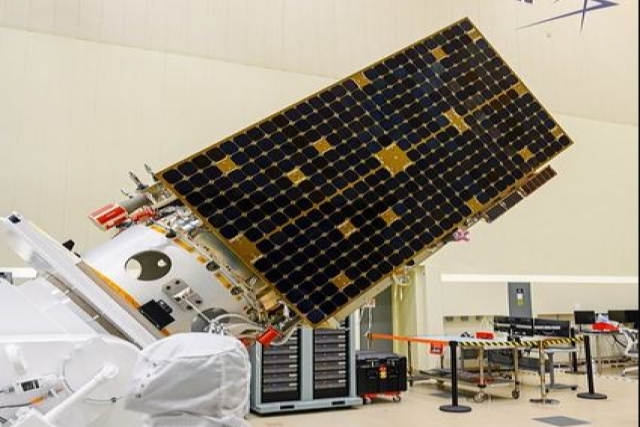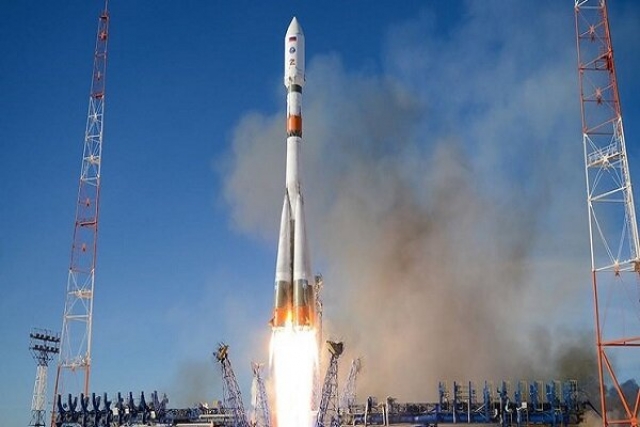Lockheed Martin Builds its First Military-Civilian, Multi-Orbit Satellite

Lockheed Martin said it completed building a single satellite that can perform both military and civilian missions and operate in low, medium and geosynchronous orbits.
The first Lockheed Martin LM 400, a flexible, mid-sized satellite customizable for military, civil or commercial users, rolled off the company’s digital factory production line and is advancing toward its planned 2023 launch.
The LM 400 spacecraft bus design enables one platform to support multiple missions, including remote sensing, communications, imaging, radar and persistent surveillance.
The LM 400 is scalable and versatile starting at the size of the average home refrigerator, with capability to grow for higher power and larger payloads and packaged to enable multiple satellites per launch.
The LM 400 space vehicle is compatible with a wide range of launch vehicles in a single, ride-share or multi-launch configuration.
For potential military applications, the LM 400 conforms to Modular Open Systems Architecture standards for interoperability with other platforms from all the services. This design helps unlock the U.S. Defense Department’s vision for joint all-domain operations and joint all-domain command and control.
Each LM 400 spacecraft includes SmartSat, Lockheed Martin’s software-defined satellite architecture. SmartSat provides even greater mission adaptability and can perform onboard “Edge” data processing, which reduces the time it takes to get actionable data into the hands of mission operators and decision-makers on the ground.
The LM 400 is already under several contracts, most recently being named as one of the satellite buses supporting U.S. Space Force’s planned Missile Track Custody program in medium earth orbit.
The first LM 400 Tech Demonstrator planned for a 2023 launch will carry a Lockheed Martin-produced narrowband communications Electronically Steered Array (ESA) payload. The next LM 400 demonstrator, expected to launch in 2024, will test synthetic aperture radar-capable ESA on orbit using the LM 400 platform.













